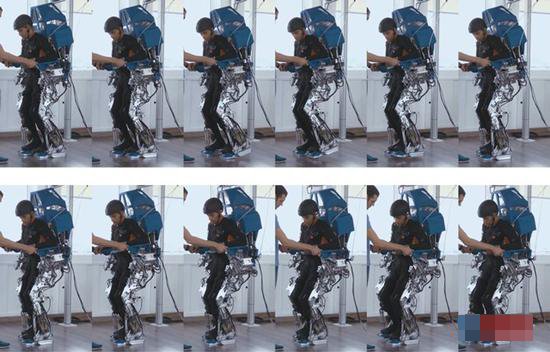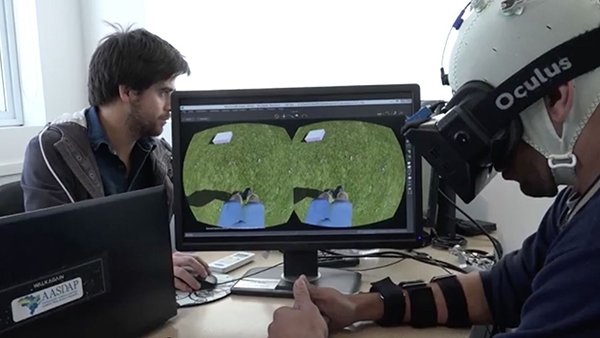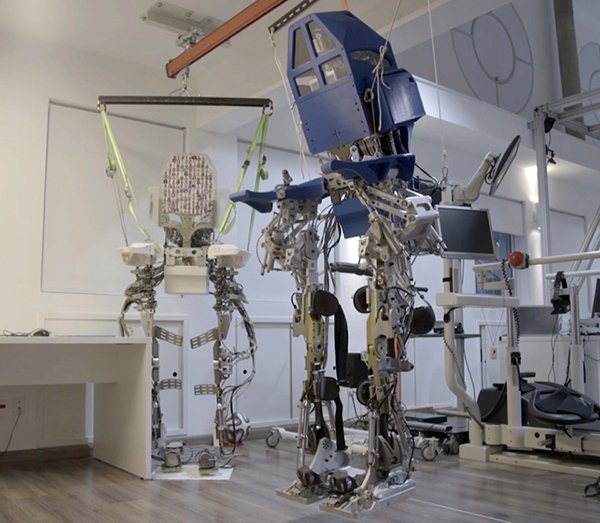Virtual reality and non-invasive brain-machine interfaces (BMIs) can help blind people regain their sense of touch as well as partial control of the leg muscles. A recent study released by Scientific Reports has tracked the 12-month training course for eight patients with chronic spinal cord injuries.

This one-year study aims to test how effective the use of these technologies is in helping patients with chronic injuries recover. Not many patients participated in this study, and each person was diagnosed with a lower body paralysis ranging from 3 to 13 years.
Of the 8 patients enrolled in the study, 7 were completely paralyzed below the spinal cord. During the course of the study, participants used a mechanical exoskeleton controlled by the brain and placed themselves in a virtual reality environment.
The results showed that all patients' perceptions improved, such as touch, pressure, temperature changes, and pain. The report states that all 8 patients have improved somatosensory nervous systems.
Electromyograms show that patients with sub-spinal lesions regained control over certain key muscles and their walking indicators improved significantly.
As a result, 50% of patients are "upgraded" to partial paralysis rather than completely paralyzed.

Miguel Nicolelis, a neurologist at Duke University in the United States and head of the study, said that most patients have improved bladder control and defecation.
In a statement, the researchers said: "This report shows that patients who have been using the BCI for a long period of time have improved their exercise capacity, sensory and visceral functions."
The patients participating in the study ranged in age from 26 to 38 years of age, and all of them received varying degrees of recovery. The researchers also emphasized that a 32-year-old female patient recovered the best.

The female patient patient number one cannot even rely on a stand to stand up at the beginning of the experiment.
However, after 10 months of rehabilitation training, some patients can walk again with the aid of walking aids, stents and therapists.
Researchers believe that this significant clinical rehabilitation is closely related to the use of brain-computer interfaces that can restore lower body movements in the virtual reality environment for a long time and often.
Therefore, the researchers said that brain-computer interface should be used as a new method of rehabilitation of the nervous system.
The agency concluded that it would be helpful to continue the study of several months with more patients with spinal cord injuries before the brain-computer interface training.
Connector Cable, waterproof connector cable, cable harness, led light connector cable, IP68 waterproof connector
Connector Cable, waterproof connector cable, cable harness, led light connector cable, IP68 waterproof connector
Ningbo HanCheng(HC) Electronic Co.,Ltd , https://www.hcwires.com
